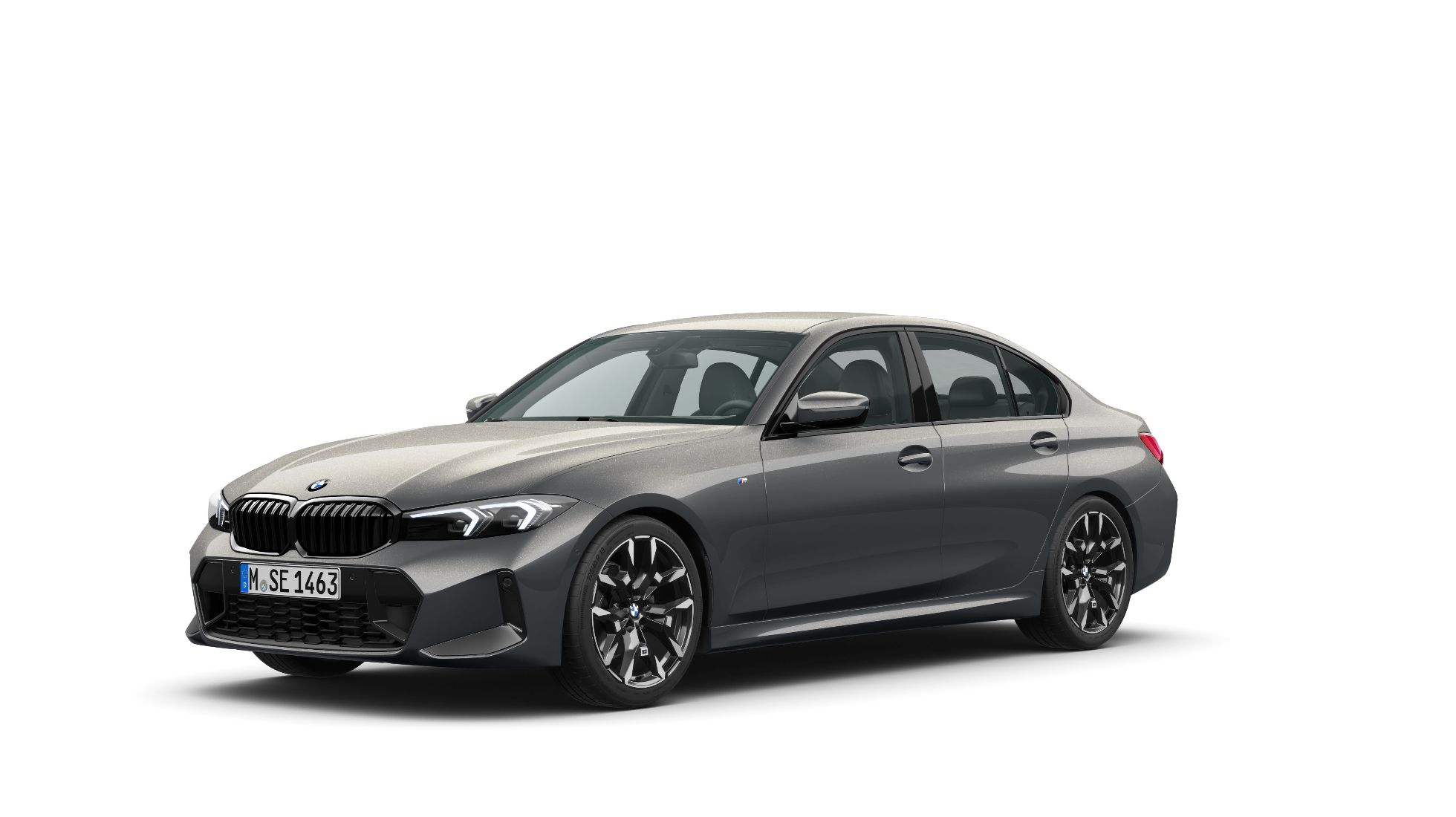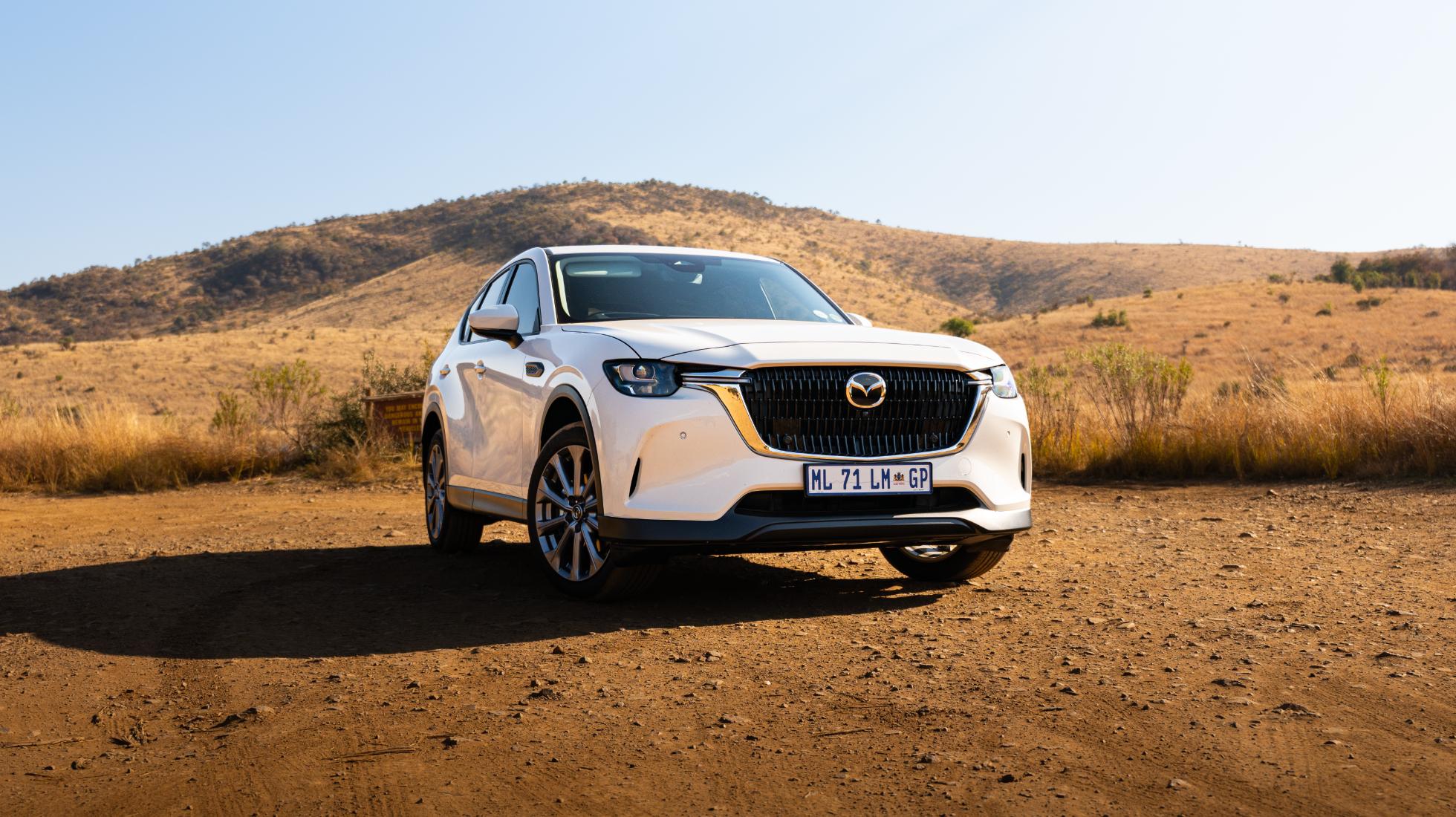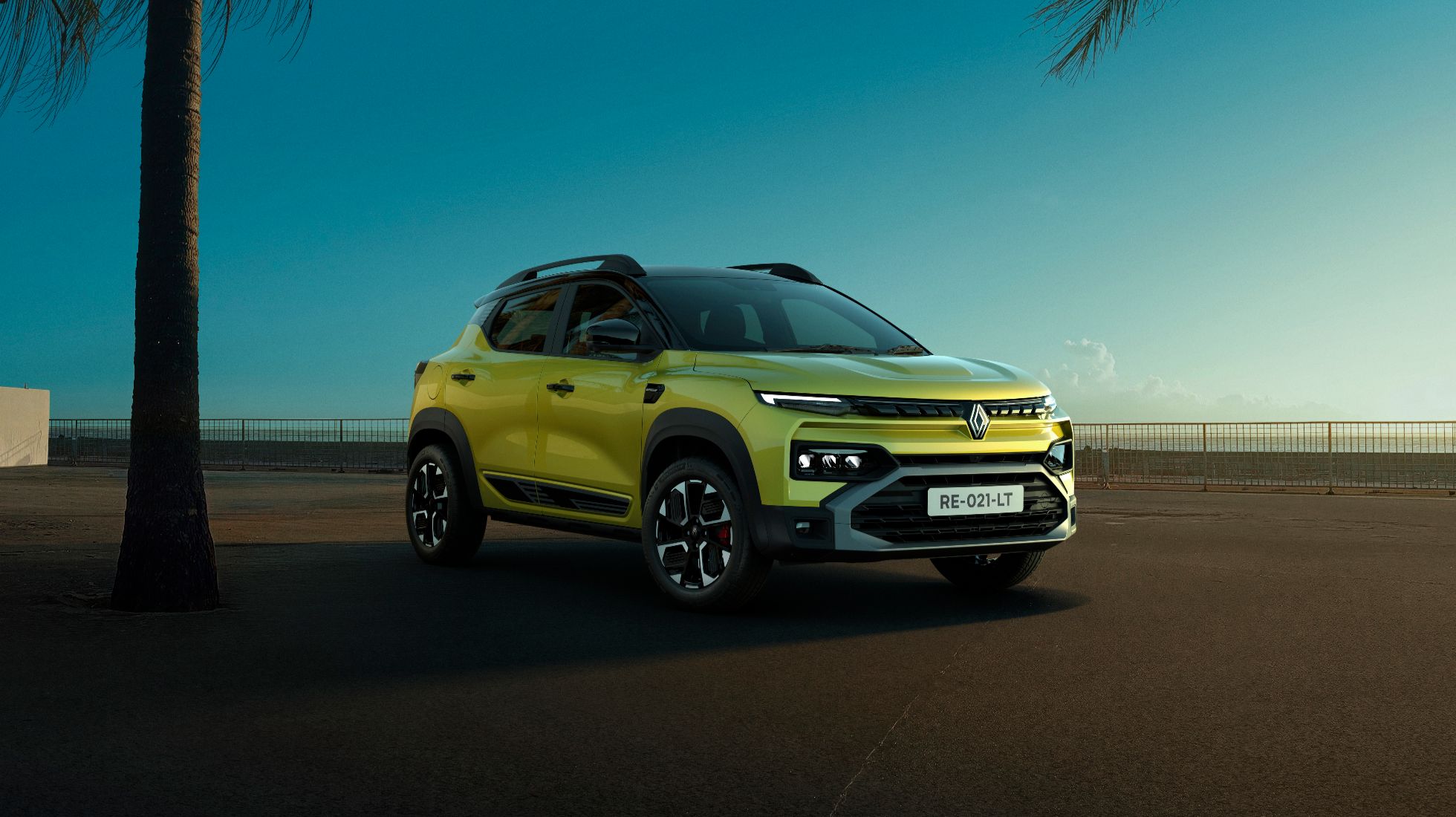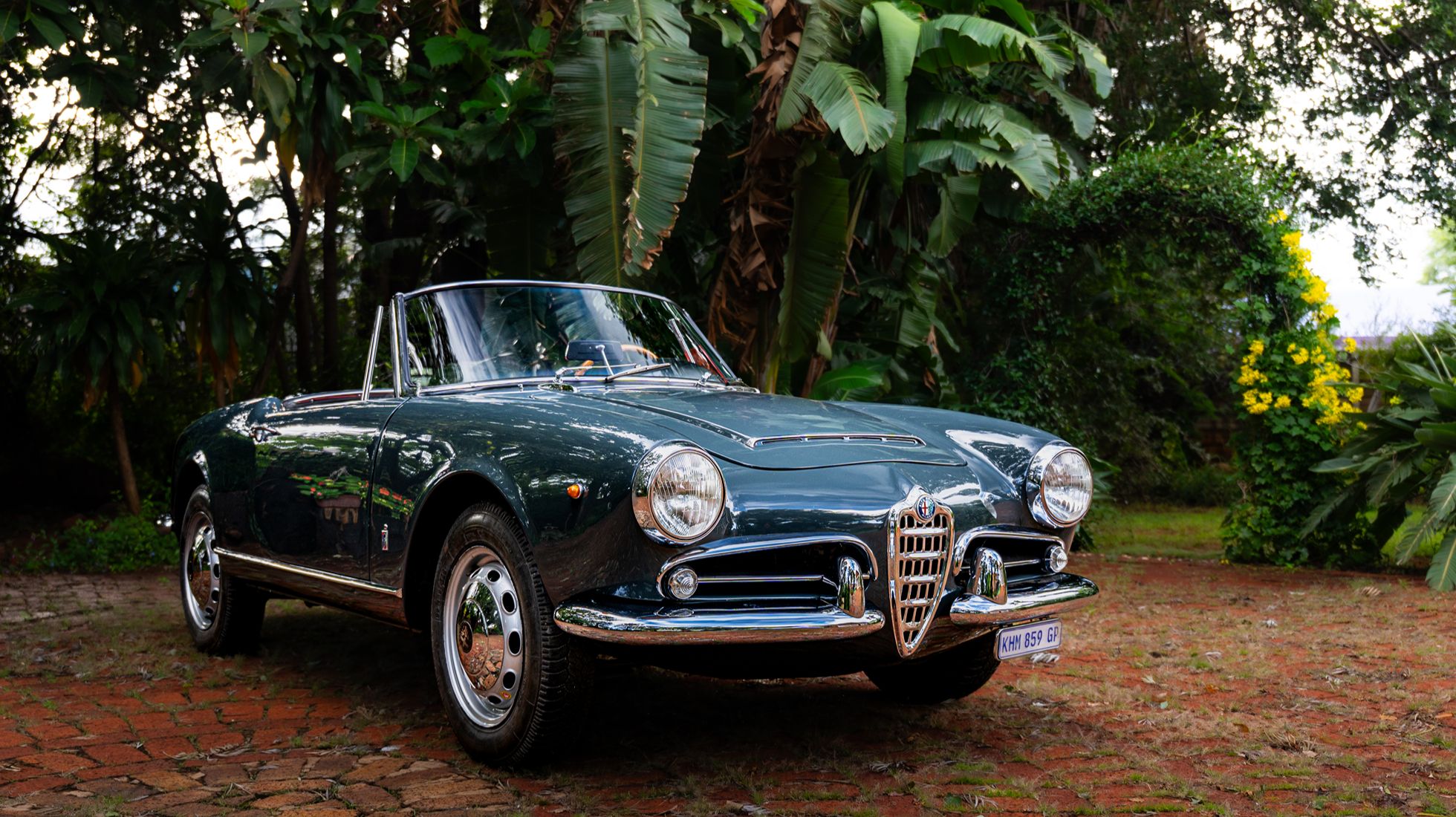It’s safe to say that the VW Caddy has undergone one of the strangest metamorphoses of any vehicle on sale in South Africa. It arrived in SA in 1992, commonly referred to as the Golf Caddy since it was, essentially, a Golf-based bakkie. For overseas markets, it then adopted a Polo character for its next iteration looking a bit like a Franken-lab creation of Polo-meets-bakkie-meets-van… Pretty it was not but this multi-faceted, something for every need approach was important since it gave birth to the Caddy as we now know it.
VW has since the local launch of the Caddy in ’92 sold more than 35,000 units. And now there’s a new Caddy, called the Caddy 5 and with it comes a new naming convention with Caddy, Caddy Maxi, Caddy Kombi, Caddy Maxi Kombi, Caddy Cargo and the Caddy Maxi Cargo.
In essence, the Cargo models are designed for a life of commercial use while the Kombi signifies the Caddy's market stronghold of dual-purpose practicality. The "Caddy" Caddy on the other hand is purely focused on moving people. And Maxi? Well, that's the long-wheelbase iterations that stretch the wheelbase from 2,755 mm to 2,970 mm for added space.
So, what’s new? Well, from a styling point of view the Caddy has seen a dramatic re-render in its outline and now features the option for LED lighting front and rear for the Cargo and Kombi. Derivatives adorned with the Kombi extension feature black-coat bumpers and steel wheels with the option of specifying 16” Wien alloys. The Caddy (just Caddy) on the other hand, features LED lights, colour-coated bumpers, a honeycomb-inspired front grille and the same 16” Wien alloy wheels as standard fare, while a panoramic sunroof can be added for an additional R22,000.
Life on the inside
On the inside, both the Cargo and Kombi models come standard with a 6.5” Composition Audio media system with Bluetooth functionality. This system can be upgraded to an 8.25” media station (R12,200) while driver convenience features like cruise control and Park Distance Control with a rear-view camera can also be had at an additional cost. The Caddy, however, is kitted to the brim with the aforementioned equipment as standard fitments. I do have to add, though, that it would have been ideal if VW offered the fully-digital instrument binnacle as an option for the Mzansi market, but it’s likely the global semiconductor chip shortage has a hand to play in this decision.
And seating? This is where things get a tad confusing… As standard, the Kombi and Maxi derivatives are fitted with seven seats while the “Caddy” Caddy and Maxi Combi only have five pews with the option of adding another two. The Cargo workhorse, however, has only two seats since VW says it can swallow a Euro-size pallet from either side, thanks to its dual sliding doors, or even the boot. So, yes, it’s bound for a life of carrying goods.
The drive
For the local market, the intent is to have the Caddy range powered by a 1.6-litre naturally aspirated petrol engine that produces 81 kW and 152 Nm of torque, and the mainstay 2.0-litre turbo diesel that’s also good for 81 kW and a substantial 300 Nm of torque. I said ‘intent’ because, well, the 1.6-litre engine is assembled in Russia. Needless to say, for now at least, the supply of this power plant may be hindered as evidenced by VW’s local vehicle configurator that only gives the option for the diesel mill.
Luckily, on the local launch, we sampled the range-topping Caddy Maxi 2.0 TDI. While the basic architecture of the engine is well-dated now, it is without question still one of the best diesel engines in production rotation. Power delivery is smooth coupled to the 6-speed manual gearbox that’s performing service across the range, with near-imperceptible power delays as the turbo gets on-song. The ride quality is also decent across less-than-perfect road surfaces with very little in the way of excessive road noise making its way into the cabin.
And speaking of the cabin, the hard-wearing materials that will ensure little interior wear and tear throughout the Caddy's life leans too heavily on the commercial side, in my opinion. I do think that a dedicated, and range-topping, people-mover such as the Caddy Maxi can get away with more appealing touch-points since it will likely not be sentenced to a life of glove-required hard labour.
The takeaway
Nit-picks aside, the VW Caddy 5 does just about everything right when assessed from a something-for-everything point of view. It's small enough to take anywhere, large enough to seat everyone in relative comfort and when it's crunch time, it's flexible enough to get the job done. Add to that low-sixes fuel consumption for every 100 kilometres of driving, and it's hard to deny exactly how much sense the VW Caddy makes compared to other segments of vehicles. It’s no mystery then why more than three million Caddys have been sold globally.


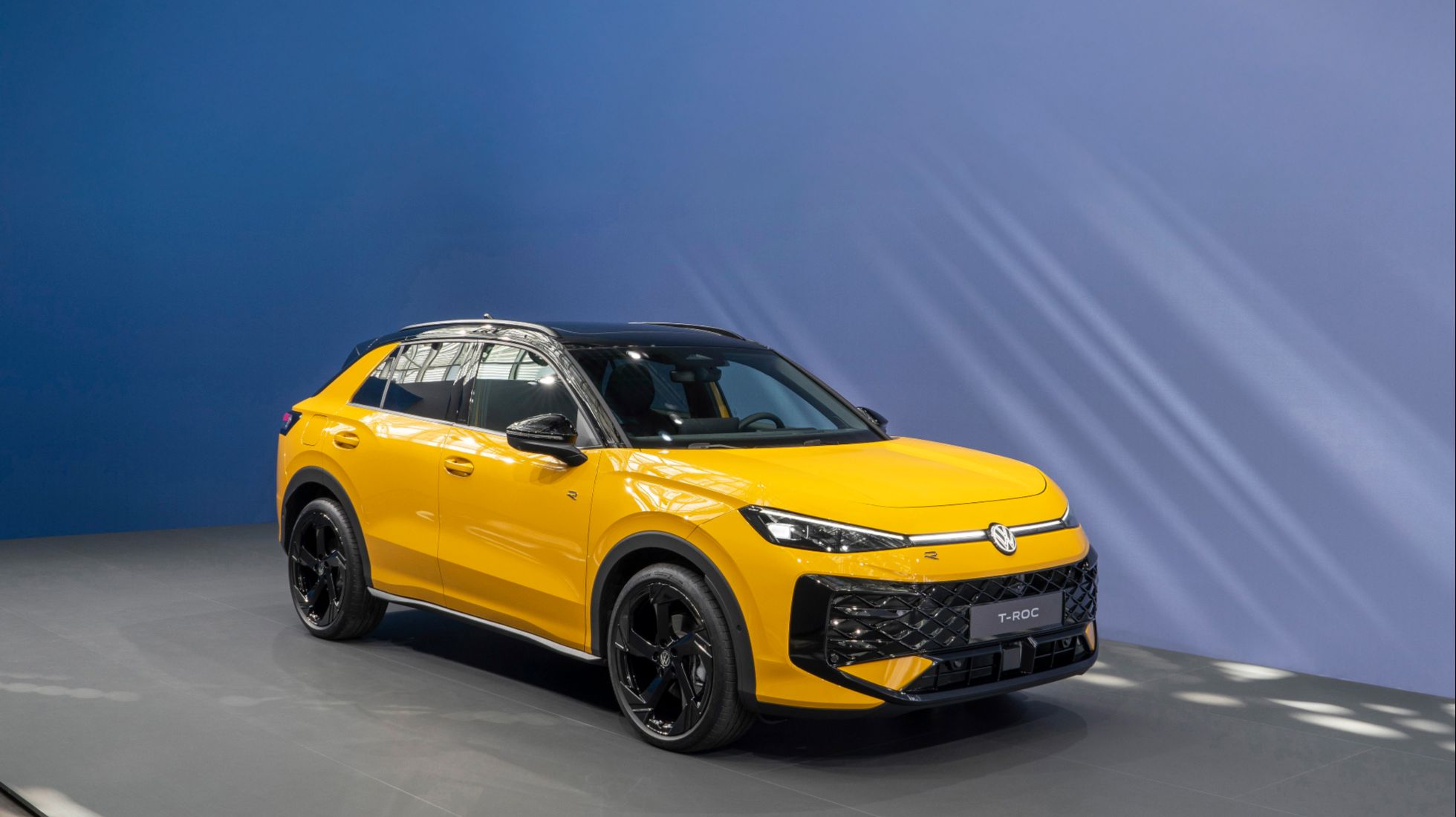
.jpg)
